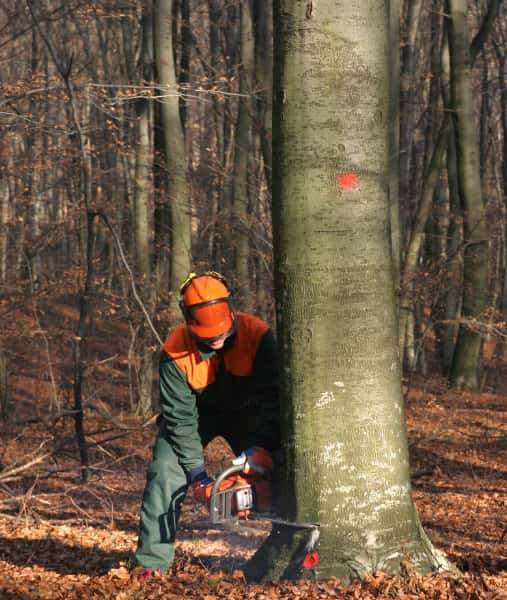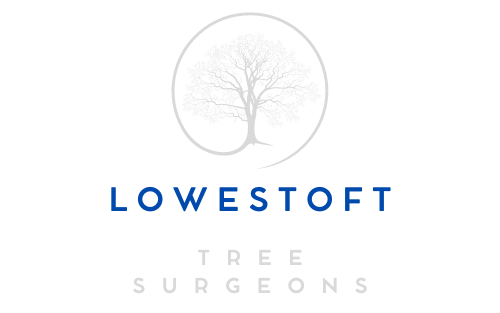Tree Surgery and Birdhouse Design: Creating Homes for Feathered Friends
Introduction: Trees provide shelter and beauty to our landscapes and offer a vital habitat for various wildlife, including birds. As stewards of the environment, it’s our responsibility to enhance and protect these natural spaces. In this blog post, presented by Lowestoft Tree Surgeons, we’ll explore the fascinating intersection of tree surgery and birdhouse design, exploring how arborists and enthusiasts can collaborate to create safe and welcoming homes for our feathered friends.
The Importance of Birdhouses
Birdhouses, also known as nest boxes or bird nesting boxes, serve several crucial purposes for both birds and the environment:
- Providing Shelter: Birdhouses offer a safe and sheltered environment for nesting birds to raise their young. They protect eggs and chicks from predators and harsh weather conditions.
- Conservation: Many bird species face habitat loss due to urbanisation and deforestation. Birdhouses can help mitigate this loss by providing alternative nesting sites.
- Education: Birdhouses offer an opportunity for educational programs and community involvement. Observing nesting birds can inspire a love for nature and conservation.
Tree Surgery and Birdhouse Design
Tree surgeons play an essential role in the creation and maintenance of birdhouses. Here’s how tree surgery expertise can benefit birdhouse design:
- Selecting Ideal Locations: Tree surgeons can identify suitable trees for placing birdhouses, considering factors such as tree health, stability, and the presence of natural predators.
- Securing Birdhouses: Arborists ensure that birdhouses are securely fastened to branches or trunks, preventing them from falling or swaying excessively in the wind.
- Pruning and Trimming: Tree surgeons can trim branches near the birdhouse to reduce the risk of predators accessing the nests. This pruning also allows for better observation and maintenance.
Designing Birdhouses for Success
Creating bird-friendly homes involves careful planning and design. Here are some essential considerations for birdhouse design:
- Size and Style: Different bird species have varying nest box sizes and design preferences. Research the target bird species and tailor the birdhouse accordingly.
- Entrance Hole Size: The entrance hole size should match the bird species you want to attract while preventing larger birds or predators from entering.
- Nesting Materials: Provide suitable nesting materials, such as twigs, grass, or feathers, in the birdhouse. Avoid using chemicals or treated wood that may harm birds.
- Ventilation and Drainage: Ensure proper ventilation and drainage to keep the interior of the birdhouse dry and comfortable for nesting birds.
- Maintenance Access: Design the birdhouse with easy access for cleaning and monitoring. Regular cleaning helps prevent the buildup of parasites.
Species-Specific Birdhouses
Consider creating birdhouses designed for specific species that are prevalent in your area. For example:
- Bluebird houses with small entrance holes are ideal for attracting Eastern Bluebirds.
- Chickadee houses with a larger entrance hole are suitable for Black-capped Chickadees.
- Barn Owl nest boxes can provide these efficient rodent hunters with essential nesting sites.
Conclusion: Birdhouses offer a simple yet impactful way to support local bird populations and engage with nature. By combining the expertise of tree surgeons with thoughtful birdhouse design, we can create safe and welcoming homes for our feathered friends.
Call us on: 01502 441 299
Click here to find out more about Lowestoft Tree Surgeons
Click here to complete our contact form and see how we can help with your tree’s needs.

